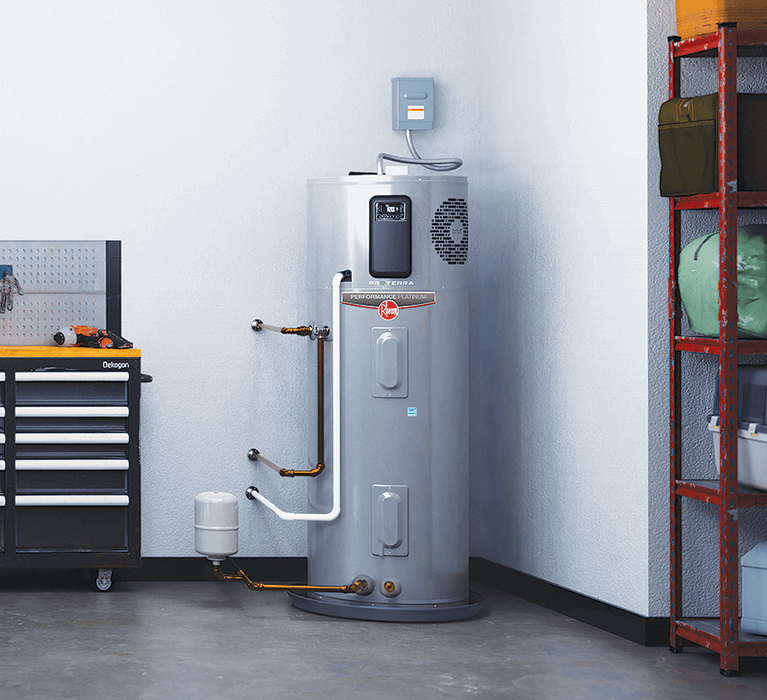What are your beliefs about Water Heater Maintenance Tips You Can't Afford to Forget?

Warm water is important for day-to-day comfort, whether it's for a refreshing shower or cleaning meals. To guarantee your warm water system runs efficiently and lasts much longer, normal maintenance is vital. This write-up supplies useful tips and understandings on how to keep your home's hot water system to avoid disturbances and costly fixings.
Intro
Keeping your home's hot water system could seem challenging, yet with a couple of easy steps, you can ensure it runs smoothly for several years to come. This overview covers whatever from recognizing your hot water system to do it yourself maintenance pointers and knowing when to call in specialist help.
Value of Maintaining Your Warm Water System
Regular maintenance not just extends the life-span of your hot water system yet also guarantees it runs effectively. Disregarding upkeep can result in lowered efficiency, greater power bills, and also premature failing of the system.
Signs Your Hot Water System Demands Maintenance
Understanding when your warm water system needs focus can prevent significant concerns. Look out for indications such as irregular water temperature, weird noises from the heating unit, or corroded water.
Understanding Your Hot Water System
Before diving right into upkeep jobs, it's helpful to comprehend the fundamental parts of your hot water system. Usually, this consists of the hot water heater itself, pipes, anode poles, and temperature level controls.
Month-to-month Maintenance Tasks
Regular regular monthly checks can assist catch minor problems prior to they rise.
Purging the Hot Water Heater
Flushing your water heater gets rid of debris build-up, improving efficiency and prolonging its life.
Checking and Replacing Anode Rods
Anode rods stop rust inside the container. Evaluating and changing them when broken is crucial.
Inspecting and Readjusting Temperature Level Setups
Adjusting the temperature level setups makes certain optimum efficiency and safety.
DIY Tips for Upkeep
You can execute numerous upkeep jobs yourself to keep your hot water system in top condition.
Looking for Leaks
Frequently examine pipes and links for leaks, as these can result in water damage and higher costs.
Examining Stress Alleviation Valves
Testing the pressure safety valve guarantees it works properly and avoids extreme pressure buildup.
Insulating Pipelines
Shielding hot water pipes reduces warm loss and can conserve power.
When to Call a Professional
While DIY upkeep is helpful, some concerns require specialist expertise.
Facility Problems Requiring Professional Aid
Instances include significant leakages, electrical troubles, or if your water heater is continually underperforming.
Regular Expert Upkeep Perks
Expert upkeep can include comprehensive examinations, tune-ups, and making sure compliance with safety and security requirements.
Conclusion
Normal maintenance of your home's warm water system is essential for performance, durability, and price savings. By following these ideas and knowing when to seek expert help, you can make sure a dependable supply of warm water without unforeseen disruptions.
How to Maintain an Instant Hot Water Heater
Before tinkering with your hot water heater, make sure that it’s not powered on. You also have to turn off the main circuit breaker and shut off the main gas line to prevent accidents. Also turn off the water valves connected to your unit to prevent water from flowing into and out of the appliance. 2. When you’re done, you have to detach the purge valves’ caps. These look like the letter “T†and are situated on either side of the water valves. Doing so will release any pressure that has accumulated inside the valves while at the same time avoid hot water from shooting out and burning your skin. 3. When the purge valves’ caps are removed, you have to connect your hosing lines to the valves. Your unit should have come with three hoses but if it didn’t, you can purchase these things from any hardware or home repair shops. You can also get them from retail stores that sell water heating systems. Read the user’s manual and follow it to complete this task properly. When the hosing lines are connected, open the purge port’s valves. 4. You should never use harsh chemical cleaners or solutions when cleaning your unit. Make use of white vinegar instead. It should be undiluted and you’ll probably use about 2 gallons. 5. Now flush your water heater. This task should probably take about 40 minutes. We can’t give you specific directions for this because the procedure is carried out depending on the type, model and brand of your heater. With that being said, refer to the user’s manual. 6. When you’re done draining the unit, you have to turn off the purge port valves again. Remove the hosing lines that you earlier installed on each of the water valves. Put the valve caps (purge port) back in their respective places and be very careful so as not to damage the rubber discs that are found inside these caps. 7. Now that everything’s back in place, check your user’s manual again to find out how to reactivate your water heating system. 8. Once it is working, turn one of your hot water faucets on just to let air pass through the heater’s water supply pipes. Leave the tap on until water flows smoothly out of it. https://www.orrplumbing.com/blog/2014/september/how-to-maintain-an-instant-hot-water-heater/

As an avid person who reads on What Kind of Maintenance Do Water Heaters Need?, I think sharing that piece of content was really helpful. For those who appreciated our blog entry if you please remember to share it. Thank you so much for taking the time to read it.
Click Here